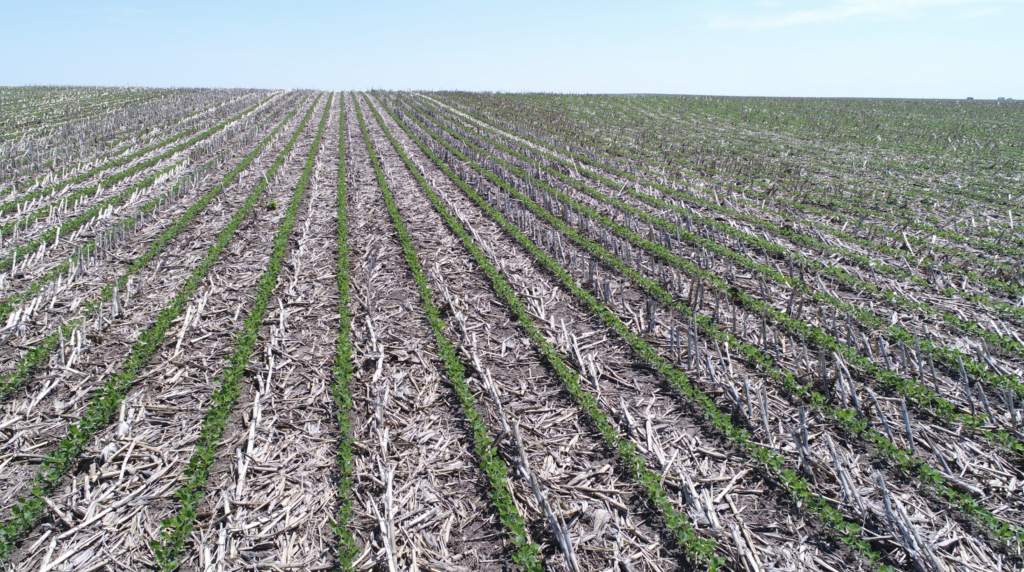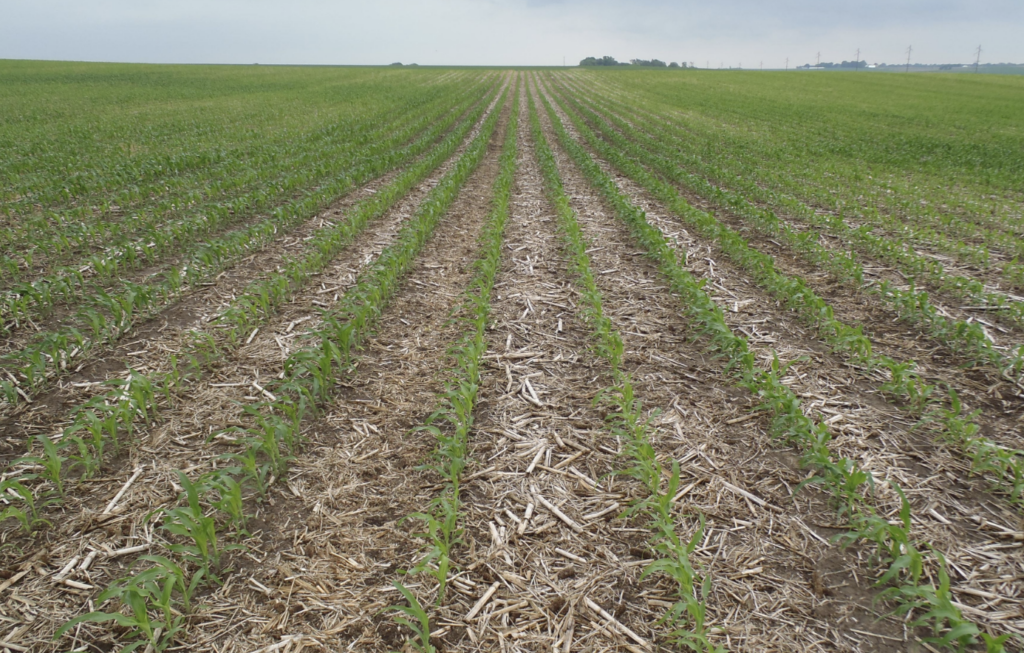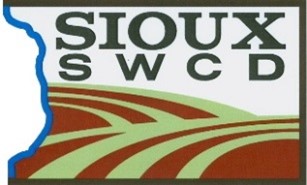No-till & Strip Till
What It Is
Full-width tillage, disturbing of the soil surface in preparation for spring planting, leaves Iowa’s productive topsoil and its rich nutrients vulnerable to erosion by wind and water. No-tillage and strip-tillage systems better protect the soil from erosion by minimizing soil surface disturbance.
In a no-tillage system, crops are sown into undisturbed soil with plant residue on the surface. In Iowa, no-tillage is recommended for planting soybean following corn, for planting corn following soybean on well-drained soils, and for any rotation on moderately sloped fields.
In a strip-tillage system, more than two-thirds of the row width is left undisturbed, and the remaining strip is tilled to create a seedbed for spring planting. In Iowa, strip-tillage is recommended for corn production in north central and central Iowa on poorly drained soils and low-sloped fields.
Source: ISU, 2022 https://store.extension.iastate.edu/Product/15823
Conservation Practices


No-Till Cost-Share Available
Statewide WQI: $10/ac
Regular EQIP: $11.09/ac
RCPP (Initiative): $16.63 / ac
RCPP (Highly Underserved): $19.96 / ac
10 Ways to Leave More Residue
- Follow a crop rotation sequence with higher residue producing crops. Soybeans don’t provide the same kind of protection as corn for example. Also, high yields give more residues.
- Wait until spring for tillage operations. This is most important on soybean ground. Fall tilled soybean ground is very vulnerable to wind erosion in late winter and early spring.
- Reduce the number of tillage passes. In most cases, this is as important as the type of tillage performed.
- Plant rye or wheat as winter cover crops. This is a good option when you are growing low-residue crops such as soybeans.
- Set chisels and disks to work shallower. Residues can be buried to the tillage depth.
- Stop using the moldboard plow.
- Drive slower on tillage operations. Driving faster throws more soil and covers more residue.
- Use straight shanks and sweeps on chisel plows instead of twister shanks. Twisted shanks may bury 20 percent more residue.
- No-till drill soybeans instead of planting them conventionally. No-till drilling keeps more residue on the soil surface, and generally produces a quicker canopy.
- Convert to a no-till system. No-till disturbs residue only in the row.


